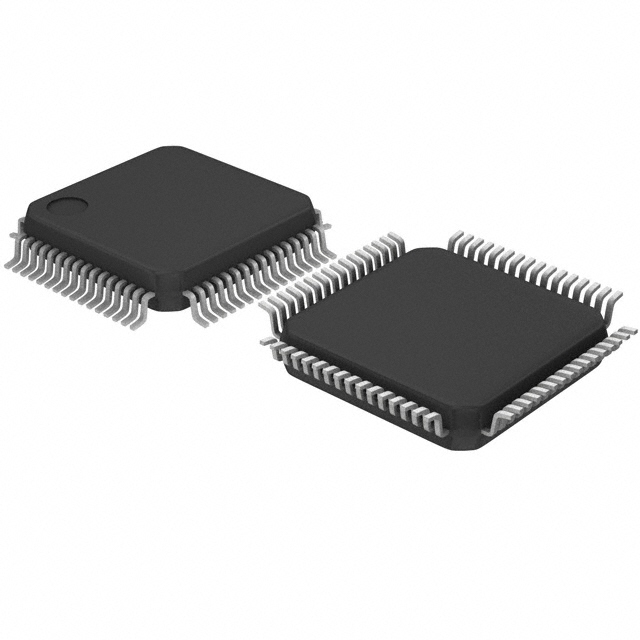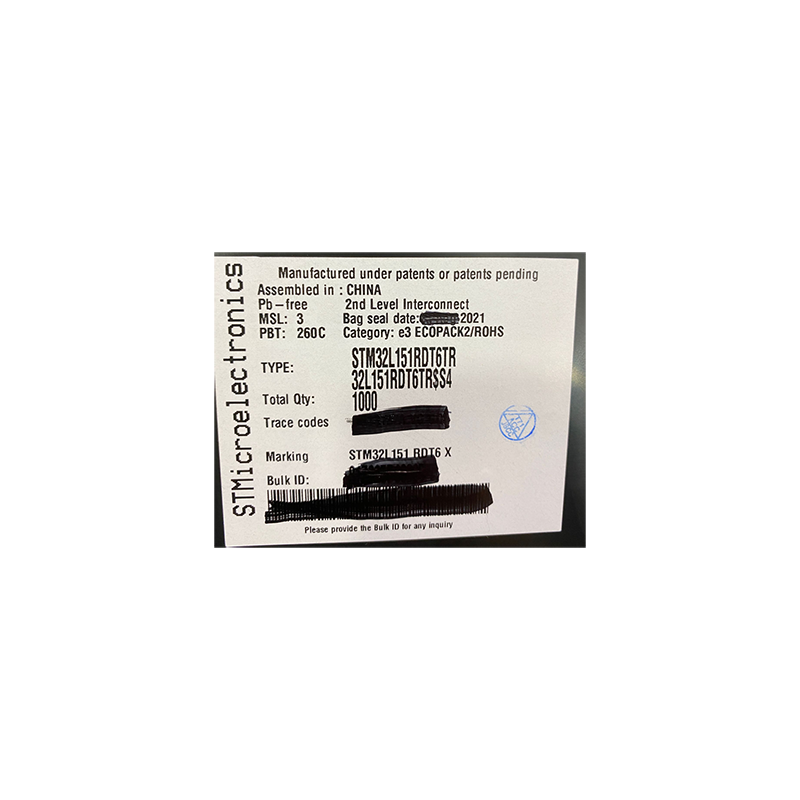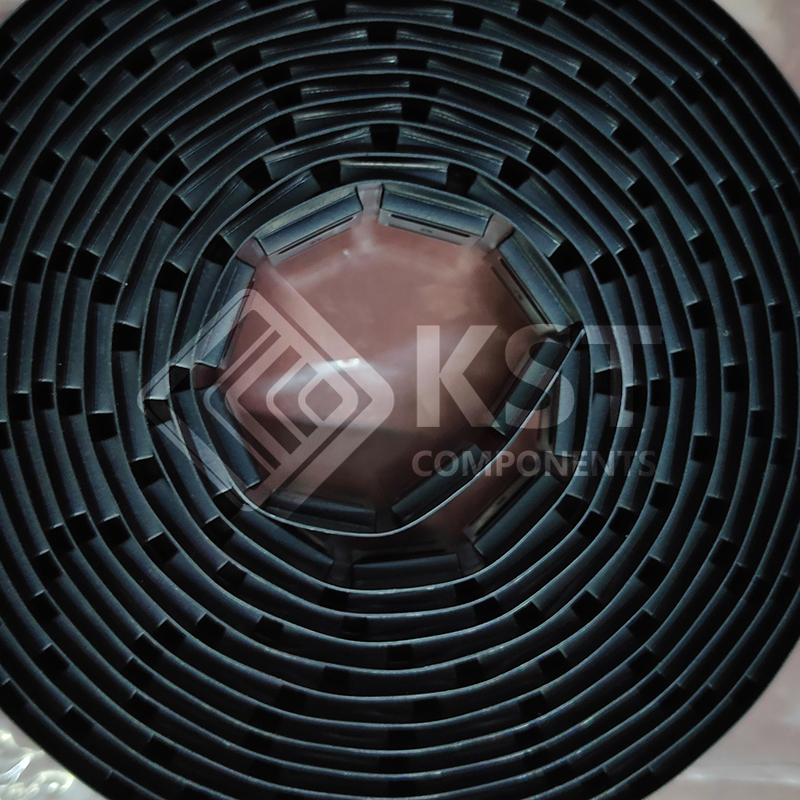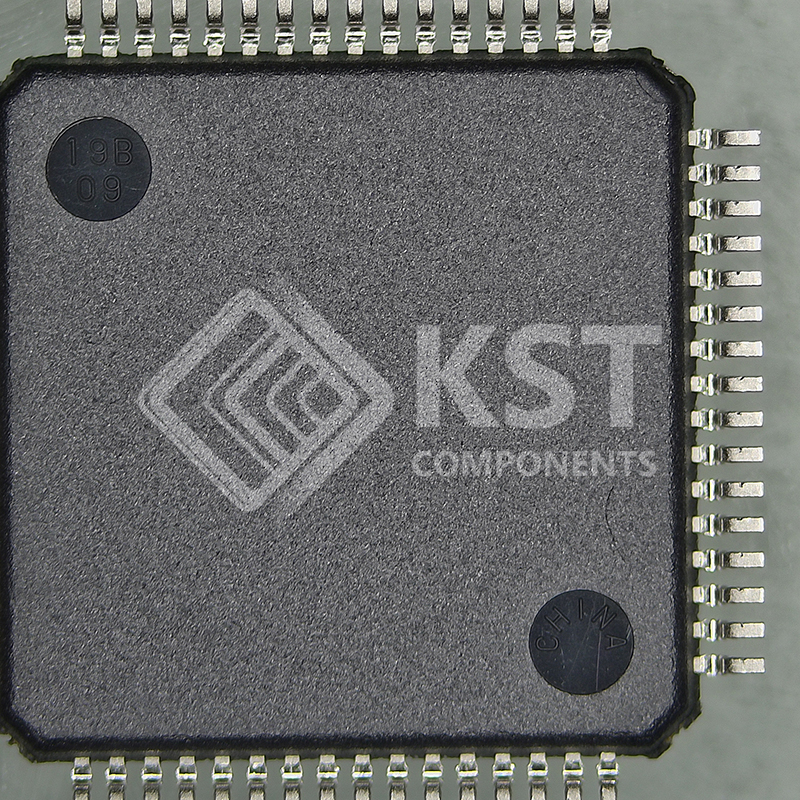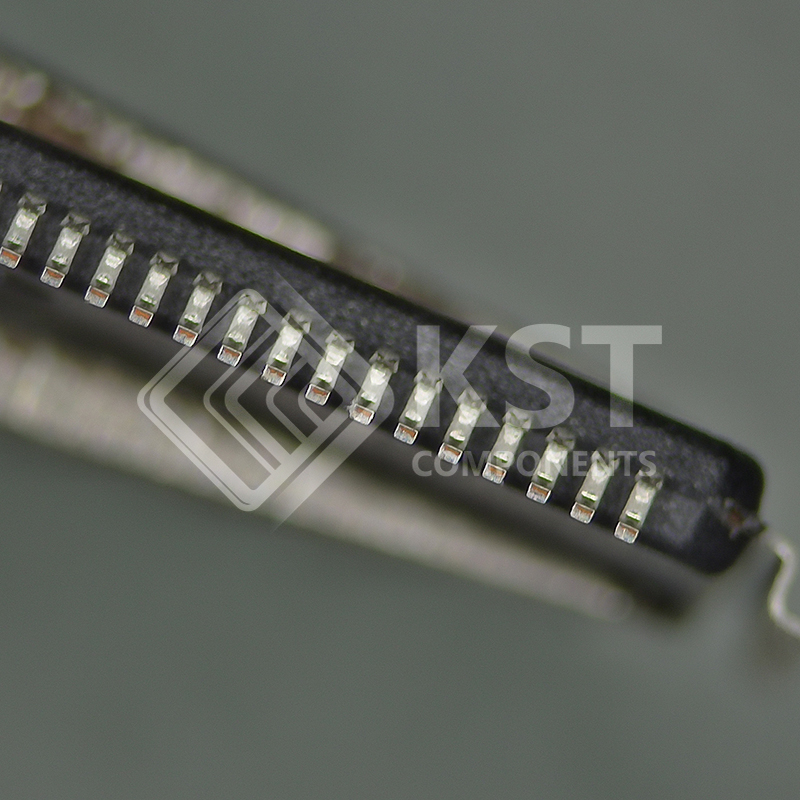Ultra-low-power platform
– 1.65 V to 3.6 V power supply
– -40°C to 105°C temperature range
– 305 nA Standby mode (3 wakeup pins)
– 1.15 µA Standby mode + RTC
– 0.475 µA Stop mode (16 wakeup lines)
– 1.35 µA Stop mode + RTC
– 11 µA Low-power run mode
– 230 µA/MHz Run mode
– 10 nA ultra-low I/O leakage
– 8 µs wakeup time
• Core: Arm® Cortex®-M3 32-bit CPU
– From 32 kHz up to 32 MHz max
– 33.3 DMIPS peak (Dhrystone 2.1)
– Memory protection unit
• Up to 34 capacitive sensing channels
• CRC calculation unit, 96-bit unique ID
• Reset and supply management
– Low-power, ultrasafe BOR (brownout reset)
with 5 selectable thresholds
– Ultra-low-power POR/PDR
– Programmable voltage detector (PVD)
• Clock sources
– 1 to 24 MHz crystal oscillator
– 32 kHz oscillator for RTC with calibration
– High Speed Internal 16 MHz factorytrimmed RC (+/- 1%)
– Internal low-power 37 kHz RC
– Internal multispeed low-power 65 kHz to
4.2 MHz
– PLL for CPU clock and USB (48 MHz)
• Pre-programmed bootloader
– USB and USART supported
• Serial wire debug, JTAG and trace
• Up to 116 fast I/Os (102 I/Os 5V tolerant), all
mappable on 16 external interrupt vectors
• Memories
– 384 Kbytes of Flash memory with ECC
(with 2 banks of 192 Kbytes enabling Rww
capability)
– 48 Kbytes of RAM
– 12 Kbytes of true EEPROM with ECC
– 128-byte backup register
– Memory interface controller supporting
SRAM, PSRAM and NOR Flash
• LCD driver (except STM32L151xD devices) up
to 8×40 segments, contrast adjustment,
blinking mode, step-up converter
• Rich analog peripherals (down to 1.8V)
– 3x operational amplifiers
– 12-bit ADC 1 Msps up to 40 channels
– 12-bit DAC 2 ch with output buffers
– 2x ultra-low-power-comparators
(window mode and wakeup capability)
• DMA controller 12x channels
• 12x peripheral communication interfaces
– 1x USB 2.0 (internal 48 MHz PLL)
– 5x USARTs
– Up to 8x SPIs (2x I2S, 3x 16 Mbit/s)
– 2x I2Cs (SMBus/PMBus)
– 1x SDIO interface
• 11x timers: 1x 32-bit, 6x 16-bit with up to 4
IC/OC/PWM channels, 2x 16-bit basic timers,
2x watchdog timers (independent and window)



